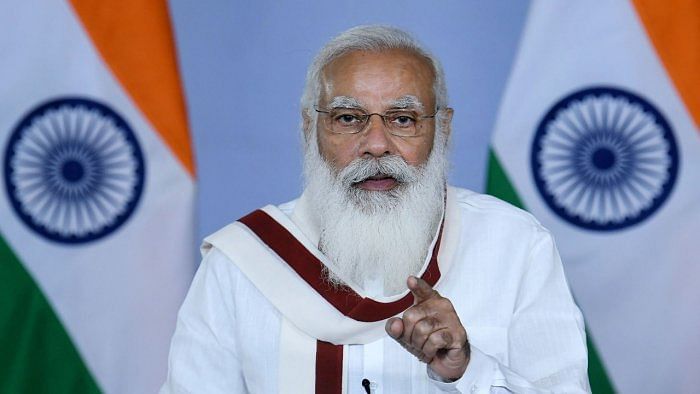
The major restructuring effected by Prime Minister Narendra Modi in the Union cabinet is a mid-term course correction, involving expansion, elevations, reshuffle and dropping of incumbents. It is at once administrative and political, more the latter than the former. Administratively, it is an attempt to shape a ministerial team that can deal with the post-pandemic situation. The performance of the Modi cabinet over the past over two years has not been anything great, and even after giving a margin for the impact of Covid on everything, the assessment cannot be benign. The next half of the term is important because the run-up to the general elections will soon start. But the immediate challenge is the string of Assembly elections to take place in major states, including UP and Gujarat. Much of the ministry is designed to meet that challenge.
The heavy intake from UP and other poll-bound states is the main political feature of the reshuffle. It has also been done thoughtfully, with communities and sections which are electorally important getting awarded. There is a micro-management of social groups and fine electoral engineering at work, with the new ministers being chosen from castes, sub-castes and regions that will be most useful in the elections. Women, Dalits, backward castes and youth have also got more representation and that could also be a conscious decision. These are sections which are electorally significant, but they need in any case to be given greater participation. Another feature of the exercise is that coalition partners have been accommodated more than in the past. The BJP realises that it will need their help in the coming elections more than in the past.
The new ministry would look very different because as many as 36 new ministers have been inducted and 12 incumbents dropped. The inclusion of Jyotiraditya Scindia from MP and Sarbananda Sonowal from Assam was expected. But the dropping from the cabinet of senior ministers like Dr Harsh Vardhan, Ravi Shankar Prasad, Prakash Javadekar and Ramesh Pokhriyal was unexpected. Dr Harsh Vardhan may have paid the price not just for his failure but the failure of the government in Covid management. Equally surprising is the elevation of Minister of State for Finance Anurag Thakur whose ministry is among the worst performers. All ministers are thought to have been under continuous scrutiny and the Prime Minister is known to act on such assessments. The moot question is whether the government, which did not have much to show and has many negative marks on its slate, will perform better in the rest of its term. Those who have been taken on political considerations cannot be expected to present any great performance. But the expectation of performance becomes relevant only if the ministers are capable and have enough room and autonomy to function.